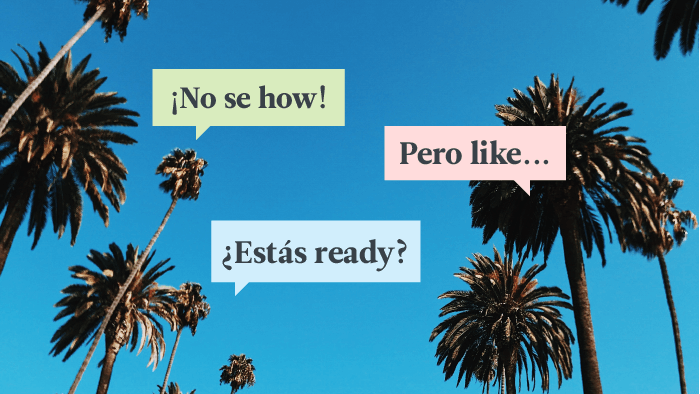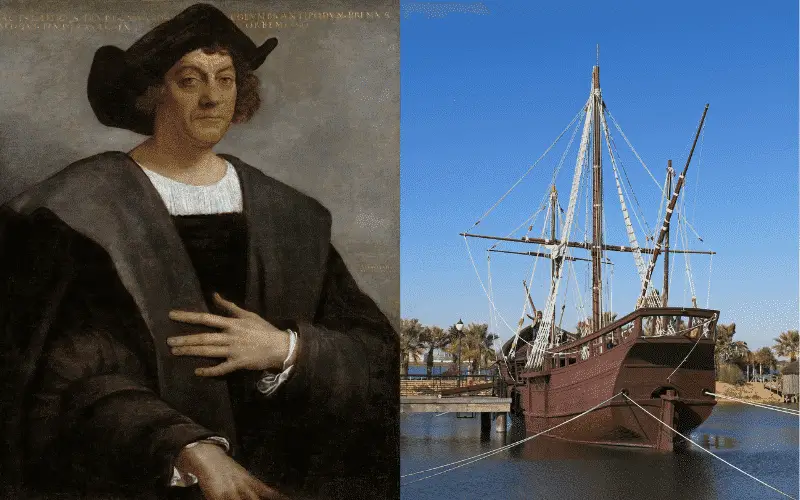Have you ever found yourself blending nicely into another culture even though it is foreign to you?
Cultural convergence is a process where cultures that come into contact tend to become similar with increasing interaction.
It causes members of either culture to embrace elements of the other culture and make them part of their own. This process has been accelerated by communication which is speeding up the rate of such interactions.
From ancient times, cultural convergence has been in progress whenever cultures interacted. For example, in the heyday of the Greek city-states, Greek culture flourished.
When Roman invaders conquered Greece, they integrated some Greek culture into their own.
Elements of both Greek and Roman culture still define modern culture today such as the Olympics, the alphabet, philosophy, the lighthouse, democracy, architecture, literature, and law.
Cultural divergence
Cultural convergence can be contrasted with cultural divergence where a clash between a minority culture with mainstream or popular culture drives the minority culture members to retreat deeper into isolation.
For example, the Amish religious culture is culturally divergent because members are loyal to their religion and tend to be resistant to outside influence.
This cultural divergence can occur through the community actively cutting itself off from the internet and other technologies.
Due to some downsides of cultural convergence, some cultures are threatened with extinction with even some languages disappearing.
Here are 10 cultural convergence examples in real life:
1. Spanglish

Spanglish is a hybrid language between English and Spanish at the US Mexican border.
This is an example of cultural convergence where two different cultures at the US Mexican border have merged and shared as a result of interaction between people in the area.
2. African safari

European tourism has popularized the concept of the African safari.
Safari is originally a Swahili word meaning journey. It has entered the western language and refers to an expedition or adventure tour to see wild animals or exotic lands.
This concept was first popularized by US President, Teddy Roosevelt, who went on a safari in East Africa for big game hunting.
3. Japanese sushi

Many non-Japanese people love sushi, which is a Japanese cuisine and food delicacy. For example, many western restaurants including American offer it as a much-sought dish.
This is a cultural convergence between Japanese culture and western culture.
4. English language

English has become the most widely spoken language with more than half a billion speakers.
Its impact has brought many cultures together. It has become the business language of the world and also the language of diplomacy.
This has led to the adoption of English customs like the English parliamentary system, English suits, or English tea.
5. Global Sports

Sports can be a bridge for bringing cultures together. For example, the World Cup and the Olympics cause people across the world to celebrate and view things in the same way.
It can also provide warming in relations between foes. For example, the cricket games between Pakistan and India which are perennial political foes are momentarily put aside.
Another one is when America and Iran teams, also political foes, meet and play at the World Cup.
Through such interactions, tensions between enemies can be eased and cultural exchanges can occur.
6. Global Beauty Pageants

Each year, audiences around the world get fixated with the spectacle of Miss World or Miss Universe in which all countries send female representatives as contestants.
This beauty pageant makes the world speak the same language with regard to their taste in costume, style, and image of female beauty.
When the winner is crowned, the whole world applauds which is an expression of cultural convergence.
7. Technology

Technology such as computers, the internet, and cell phones has opened up the world’s global communication.
This is a bridge for forging closer links in business and other human interactions. For example, technology has made internet dating possible connecting couples of different cultures around the world.
This has driven cultural interactions, change, and greater cultural convergence.
8. Columbian exchange

Christopher Columbus who went on an expedition to South America heralded one of the biggest cultural convergences of his time with the local Native Americans.
The result was the exchange of new customs and ideas such as the introduction of the Spanish language, Catholic faith, and habits like tobacco smoking as well as the cultivation of new crops.
9. Globalization of culture

The process of globalization has increased the pace of cultural convergence. This is through a process of integration with the ease of doing business across borders and the free flow of goods and services.
Globalization has aided the spread of business brands, especially American brands like Coca-Cola, iPhone, or the South Korean phone Samsung.
American music stars have become global icons such as Elvis Presley, Michael Jackson, or Madonna.
Also, American musical styles such as rap music have spread and become fused with the artistic expression of other cultures. For example, we have South African hip hop, Chinese rap music, or African rap.
10. Democracy

Ever since the collapse of the Berlin Wall in the 1990s, democracy spread rapidly following the fall of communist states.
Democracy has become a universal aspiration for many people of various cultures around the world.
Previous dictatorship or regimes have also adopted western-style democracy, bringing about a cultural convergence in the political orientation of nations.
Conclusion
From the moment that early sea navigators like Christopher Columbus set to sail to sea to the emergence of the internet today, world cultures are on an endless mission to find each other.
Our times are the pinnacle of that quest with the greatest cultural convergence in history.


